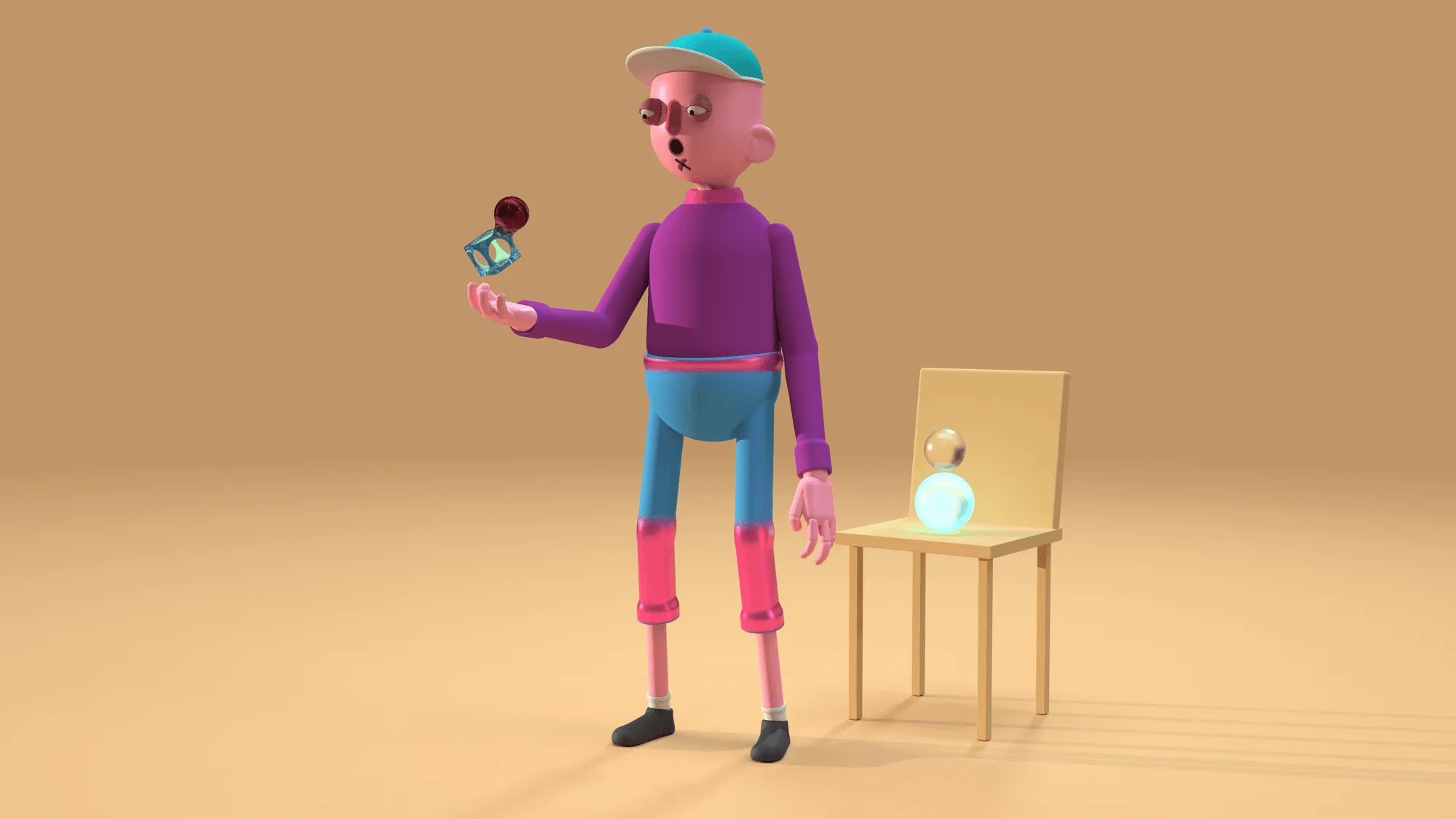
As technology continues to advance, it has opened up endless opportunities for students to learn in new and exciting ways. One area where this is particularly evident is in the field of 3D design and modeling. In the past, learning 3D was a complex and challenging process, requiring specialized software and extensive training. However, today's students have access to a wide range of resources that make learning 3D easier than ever before. In this article, we will explore the top 6 reasons why it is easier for students to learn 3D now more than ever.
First off, let's talk about how much easier it is to get your hands on 3D modeling software. Back in the day, it used to be expensive and hard to come by. But now, there are tons of free or low-cost options out there. You don’t have to spend all your pocket money on expensive 3D software anymore. Programs like Womp, SketchUp, and Tinkercad offer easy 3D modeling software that are super easy to learn and are free for use as well.
By removing technical barriers and providing intuitive interfaces, design tools now-a-days are empowering students to bring their ideas to life. Perhaps the most significant reason why it is easier for students to learn 3D now more than ever is the availability of such accessible software.
Another factor that makes learning 3D easier for students is the user-friendly interfaces of modern software. They've come a long way from those clunky, confusing interfaces of the past. Now, you can quickly understand and navigate the software. Many software platforms now feature drag-and-drop interfaces, which allow students to easily add and move around different elements in their projects. This makes it easy for students to create visually appealing projects without needing extensive design skills.Software like Womp offer templates and pre-designed assets that students can use as a starting point for their projects. This saves time and effort, and ensures that students have access to professional-quality designs. This makes the learning process more efficient and less daunting for beginners. Moreover, creating 3D on beginner-friendly platforms like Womp is rather fun and relaxing.
Thanks to the internet, students now have access to a vast array of online tutorials and communities dedicated to teaching 3D modeling. Websites such as YouTube and Udemy offer an extensive range of courses and tutorials that cater to learners of all levels. Additionally, online communities such as Womp Discord provide a supportive space where students can connect with other learners, ask questions, and receive feedback on their work.As 3D modeling becomes more popular, many companies and organizations are offering free learning resources to students. These resources include free software trials, tutorials, webinars, and eBooks. For example, Womp has a lot of in-built tutorials and guides on Youtube to make learning 3D easy for beginners with little or no knowledge in 3D.If you find yourself confused about where to get started,Womp’s beginner guide will give you the ideal head-start in your 3D design journey!
Virtual reality technology has been a game-changer for 3D modeling education. Students can experience their 3D designs in a more immersive and interactive way, which can significantly enhance their understanding of the design process. With VR technology, students can visualize their models in three dimensions and walk around and interact with them as if they were real objects. This level of interactivity provides a more intuitive understanding of spatial relationships and proportions that is difficult to achieve with 2D drawings or even 3D models on a computer screen.VR headsets can simulate the experience of working in a physical space, which can be especially useful for architecture and engineering students who need to understand the scale and layout of a building or structure. They can also test out design ideas and make modifications in real-time, which helps to speed up the design process and create a more efficient workflow. The technology can be used for collaborative learning. Multiple students can enter the same virtual space and work together on a project, which is especially helpful for group projects or assignments. Seeing 3D designs come to life is incredibly rewarding and motivating, which further motivates students to learn 3D.
Cloud-based computing has made it easier for students to access and use 3D modeling software. With cloud-based software, students no longer need to download and install software onto their computers. Instead, they can access software like Womp through a web browser, allowing them to work on their 3D designs from any computer with an internet connection.Cloud-based 3D software is accessible from any device with an internet connection, making it easy for students to learn 3D from home or on-the-go. Students no longer need expensive hardware or software licenses to access these tools. Cloud-based 3D software enables students to collaborate with others in real-time, from different locations. This is especially important in 3D modeling and animation, where projects can be complex and require input from multiple people.
As industries such as animation, game development, and architecture increasingly rely on 3D modeling, students who have a solid understanding of 3D design and modeling will be well-positioned to enter these industries.The growing demand for 3D modeling skills has created new job opportunities for students. This provides students with a valuable incentive to learn 3D modeling and apply their skills to real-world applications. With more and more industries using 3D in their professional workflows, the 3D market is predicted to grow rapidly over the next few years which is why, now is the perfect time to start learning 3D - if you haven’t already!